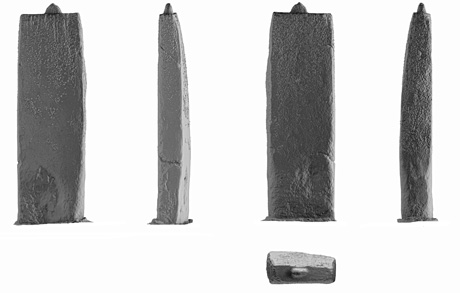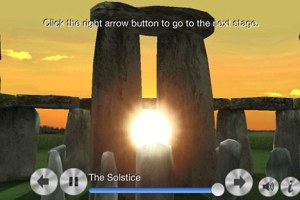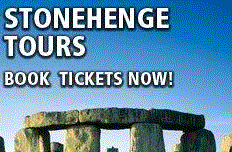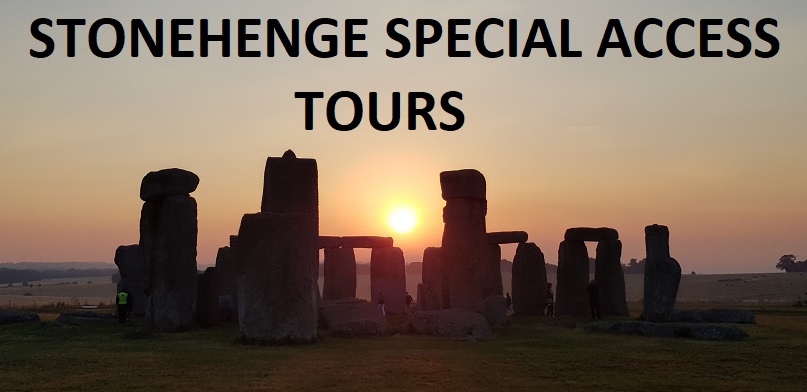At last, after all these years, we’ve got the very first comprehensive study of the actual stones at Stonehenge. As part of its research into Stonehenge and its landscape that will feed into displays at the new visitor centre, English Heritage commissioned Greenhatch Group surveyors to produce the first complete, high resolution 3D digital model of Stonehenge and its immediate landscape, using lasers and a bit of photogrammetry. (http://mikepitts.wordpress.com/)
Then Marcus Abbott (ArcHeritage) and Hugo Anderson-Whymark (freelance lithics specialist) analysed the data, created new digital images and news ways of seeing them, added some of their own photos and spent time amongst the real stones.
In one sense the results are not surprising: it was obvious to anyone with eyes that that we could learn a lot about Stonehenge with a proper study of the stones. And yes, we have learnt a lot. But just about all the details are revelatory.
There are four different areas where new things are really going to change the way we think about the monument:
- how the stones were dressed and what the original monument looked like
- prehistoric carvings – difficult to see and unknown to visitors: the new discoveries have doubled the number of such carvings known in the whole of Britain
- damage by tourists: the scale of damage done by souvenir collectors in the 18th and 19th centuries had not been recognised before
- graffiti: dates range between 1721 and 1866, though most were carved 1800–1850 – and they’re almost everywhere.
And this must be just the beginning. There are more details yet to see (there is still scope for new and higher resolution survey), and new things to think about in the vast data set.
If you know Stonehenge, from this alone you can see at once how much new information has been revealed. Amongst other things, it seems fair to draw from this (and other new data) that the sarsen circle probably WAS complete; and that the whole thing was designed to be seen from the north-east, approaching up the Avenue – so the implication follows that the setting midwinter sun you’d be facing to the south-west was the key alignment.
British Archaeology also published the pioneering Stonehenge laser study done in 2002.
Please follow Mike Pitts excellent archaelogy Blog: http://mikepitts.wordpress.com/
Link: http://www.archaeologyuk.org/ba/ba73/index.shtml
Link: http://www.wessexarch.co.uk/
British Archaeology magazine
The Council for British Archaeology’s award-winning bi-monthly magazine is the authoritative, in-depth source of information and comment on what’s new, interesting and important in UK archaeology.
Link: http://new.archaeologyuk.org/british-archaeology-magazine
Blog sponsored by ‘Stonehenge Guided Tours’ www.StonehengeTours.com
The Stonehenge News Blog



















